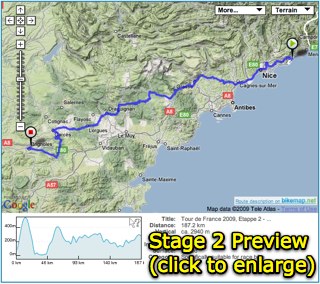Remembering Stefanie
Stefanie Spielman, wife of former Ohio State and National Football League star Chris Spielman, passed away Thursday (11/19) after a long and courageous battle with breast cancer. The following is the official statement from the family followed by a special request from the family.
Stefanie Spielman, who waged a courageous, public battle with breast cancer for more than 11 years, died at 6:15pm this evening at her home in Upper Arlington, Ohio, surrounded by her family. She was 42 years of age.
Survivors include her husband of 20 years: Chris; and their four children: Madison (15), Noah (13), Macy (8) and Audrey (7); mother, Myra Belcher of Upper Arlington; sisters Sue (Bill) Fitz of Upper Arlington, Sandy Belcher of Ft. Lauderdale, Florida and Cindy Belcher of Bangor, California. Stefanie's father, Richard, preceded her in death in 1987.
Stefanie's husband Chris released this statement a short time ago. "Stefanie has gone home to be with the Lord. And for that we celebrate, but with broken hearts. I want to thank everyone for their support over the last 12 years. Together with your help, hopefully we made a difference in this fight."
Public calling hours will be Monday November 23, 2009 at the Longaberger Alumni House on the campus of The Ohio State University from 1-8pm for those inspired by Stefanie's life and her service to the community. A celebration of life memorial service will be held Tuesday at Trinity United Methodist Church in Grandview.
Official release and memorial information (PDF)
 In July of 1998, when she was just 30 years old, Stefanie Spielman was diagnosed with breast cancer. Since then, she not only worked to overcome the disease within her own body but sacrificed her privacy to prevent and fight breast cancer in others. The fame of her husband, former Ohio State Buckeye linebacker and NFL great Chris Spielman, gave the couple a unique advantage in what they felt was their responsibility to use their personal experience to create a positive impact on others. Therefore, even though she was exhausted by chemotherapy and tried to cope with what was happening to her, Stefanie stepped into the spotlight determined to raise awareness and encourage funding for research. Through the Stefanie Spielman Fund for Breast Cancer Research at The James Cancer Hospital and Solove Research Institute, the Spielmans have so far raised over $5 million for breast cancer research.
In July of 1998, when she was just 30 years old, Stefanie Spielman was diagnosed with breast cancer. Since then, she not only worked to overcome the disease within her own body but sacrificed her privacy to prevent and fight breast cancer in others. The fame of her husband, former Ohio State Buckeye linebacker and NFL great Chris Spielman, gave the couple a unique advantage in what they felt was their responsibility to use their personal experience to create a positive impact on others. Therefore, even though she was exhausted by chemotherapy and tried to cope with what was happening to her, Stefanie stepped into the spotlight determined to raise awareness and encourage funding for research. Through the Stefanie Spielman Fund for Breast Cancer Research at The James Cancer Hospital and Solove Research Institute, the Spielmans have so far raised over $5 million for breast cancer research.
Stefanie's public fight has encouraged women never to skip breast self-exams or mammograms that could save their life. Stefanie always kept her attitude positive, and was always grateful for the blessings she felt life had given her. A breast cancer fighter, mother, daughter and friend, Stefanie Spielman is a champion for women everywhere.











